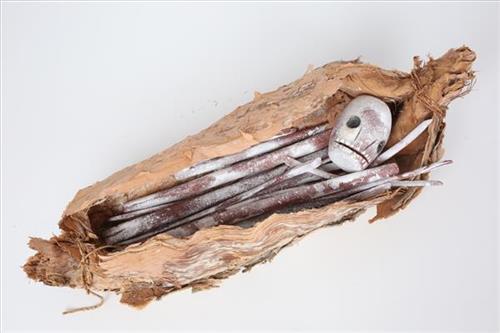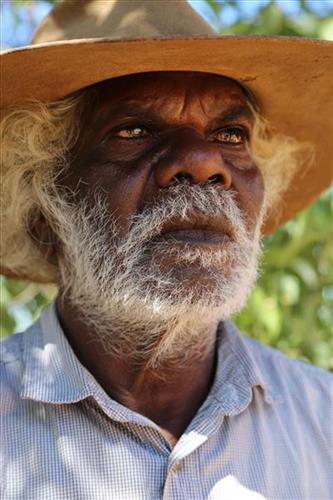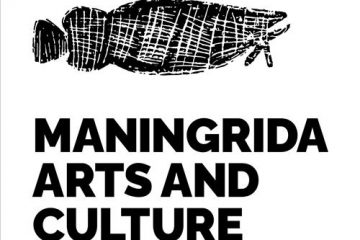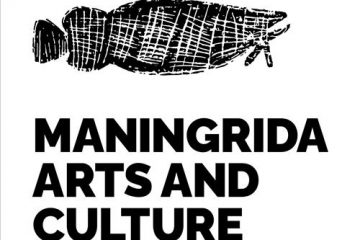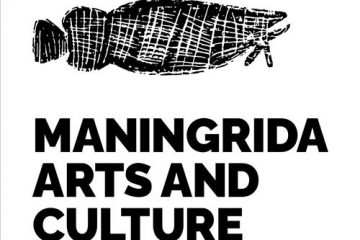111981647555
Bininj (human) bones
This one has a big ceremony called bukkabud. This one, it’s not from today. It’s not new generation, this one here, it’s from long time [ago] when there was no coffin. Before, when bininj (Aboriginal man) or daluk (Aboriginal woman) died they were buried in the sand or put on top [of a platform] in the sun to get the bones dry. In my language, when the bones become dry, we call it murrngno. When the bones are dry and the sweat and smell are gone, the family would dig up or collect the bones. Then they would paint them, wrap them in paperbark and have a big ceremony, bukkabud, for that person with bunggul (dancing). My father taught me this ceremony and the songlines. [For the final burial], the bones were put in a lorrkkon [hollow log burial pole] and there would be another big ceremony.
Jack Nawilil, October 2020.
